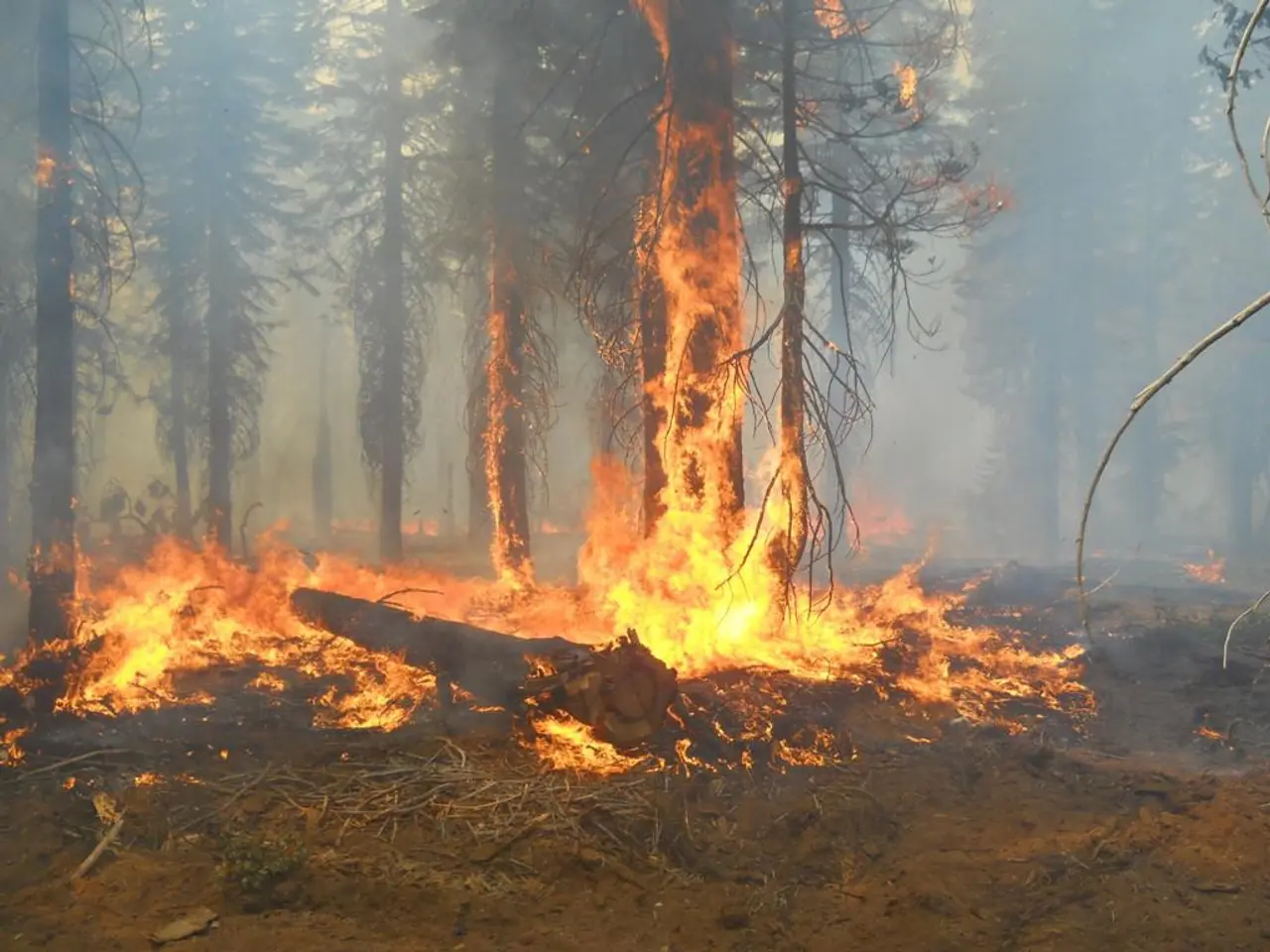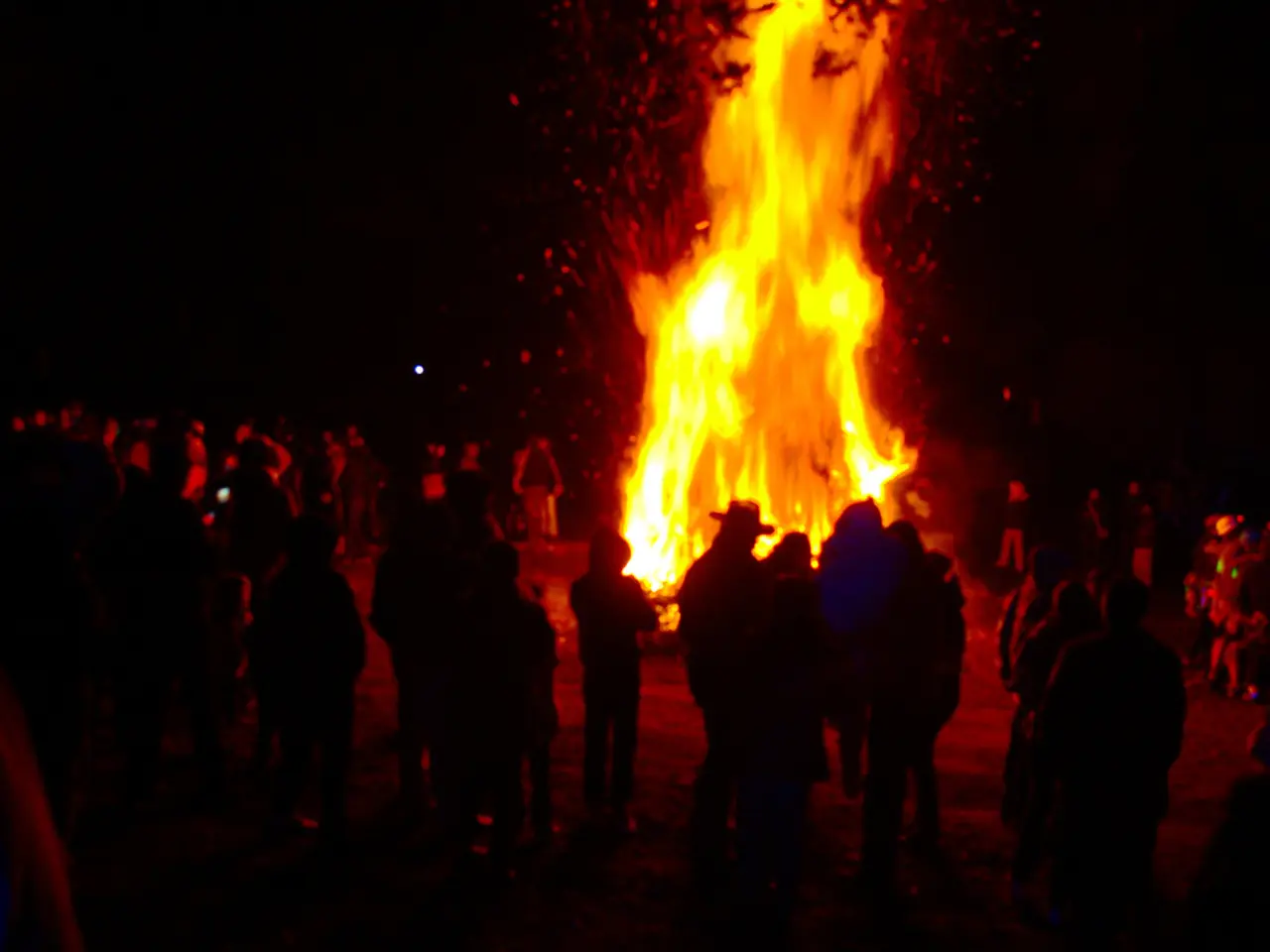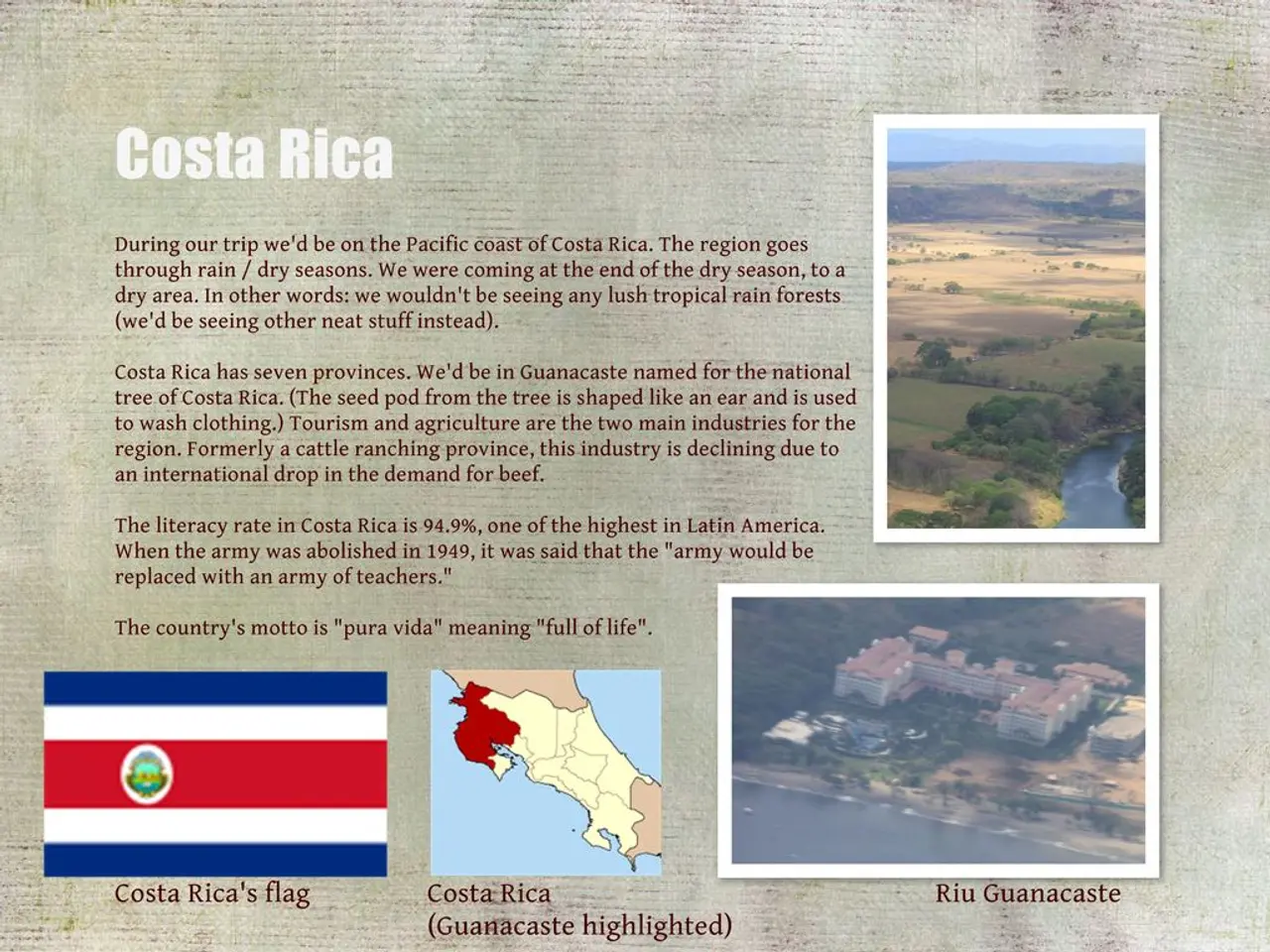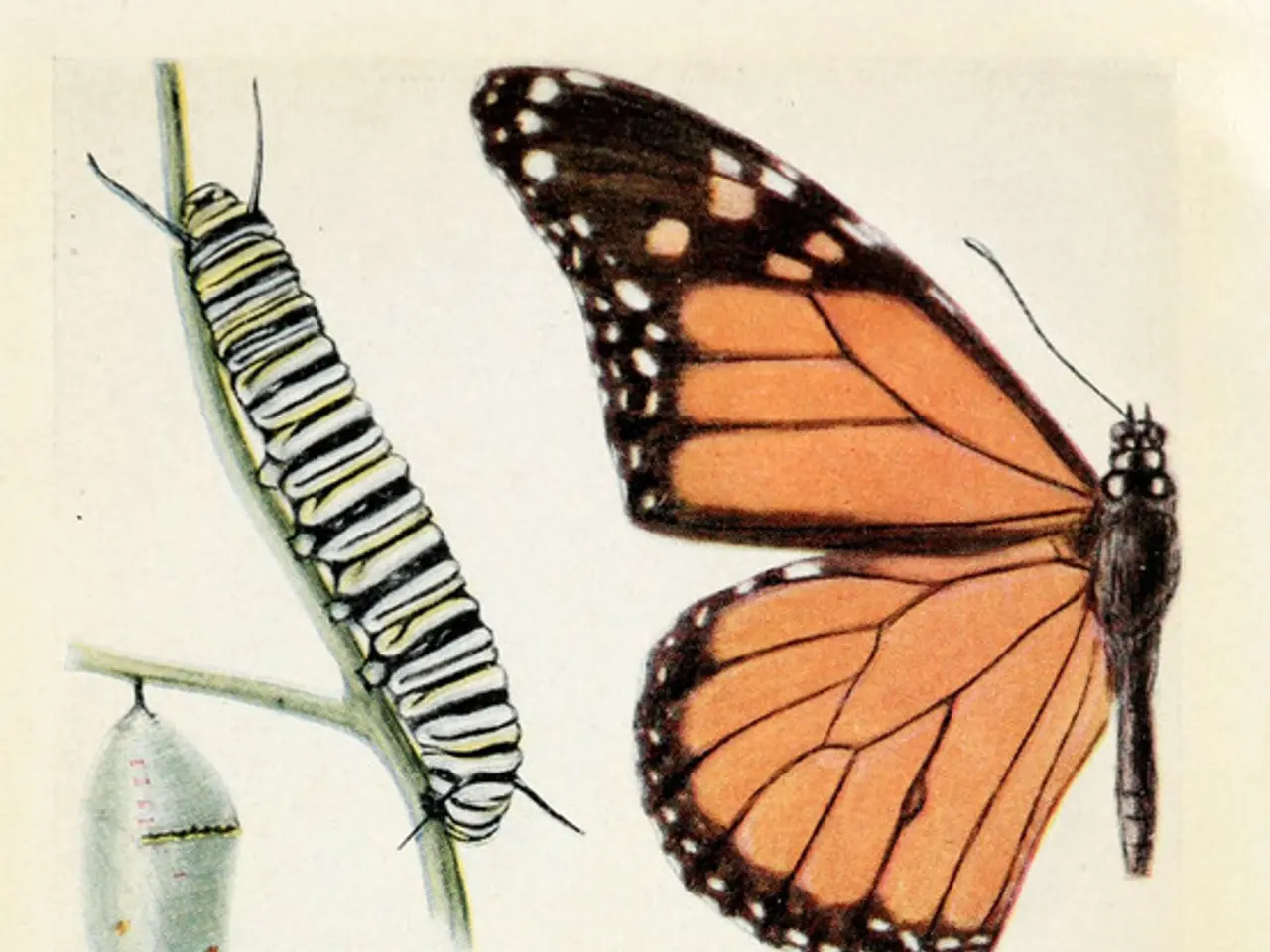Sky Observation: Understand the 10 primary cloud formations you might encounter in the sky
Sky watching may not seem like a thrilling hobby, but give it a chance—just like Gavin Pretor-Pinney, author and Visiting Fellow at the University of Reading's Department of Meteorology, did 18 years ago when he created the Cloud Appreciation Society. In a heart-to-heart with RTÉ Radio 1's Today with Claire Byrne show, Gavin shared his love for clouds, explaining why these often overlooked elements of nature deserve our attention. Here's a quick rundown of what we can learn from the man who wants us to stop, look up, and truly appreciate the beauty in the sky above us.
Seeing is believing, especially when it comes to something that's right there in our line of sight, like the sky. But as Gavin points out, it's easy to overlook the sky's splendor when it's always there. The good news? All you have to do is take a moment to notice the ever-changing, breath-taking "nature's abstract art"—and the Cloud Appreciation Society is here to help you do just that.
Enough talk, let's dive in: what are the different types of clouds? As it turns out, there are ten main types, each with its own unique characteristics:
- Cumulus clouds (Colloquially known as the Simpsons' cloud): The cloud you likely think of first when you close your eyes and imagine the sky. These fair-weather clouds are usually white and fluffy, like the picture-perfect clouds in a cartoon.
- Cirrus clouds: Thin, wispy ice crystals that cascade from the upper reaches of the atmosphere and look like brush strokes sweeping across the blue.
- Cumulonimbus storm clouds: This cloud might be the villain in our sky story, reaching up to eight miles into the sky and spreading out at the top in an enormous anvil shape. Known for producing thunder, lightning, and even hail, it's a force to be reckoned with.
- Nimbostratus clouds: The often-maligned cloud that gives all the other clouds a bad name. Nimbostratus clouds are low, thick, and gray, producing continuous rain or snow. If you live in a dry area, consider this cloud your best friend.
- Cirrocumulus clouds: These clouds appear in groups, often resembling rows of tiny, rounded clouds. Interestingly, cirrocumulus clouds can indicate an approaching storm.
- Cirrostratus clouds: These clouds form in high altitudes and are often more widespread than cirrocumulus clouds. The most distinctive characteristic of cirrostratus clouds is the noctilucent glow—an eerie, blue-green light that can appear as the sun sets.
- Altocumulus clouds: If you've ever seen clouds with a wavy or rolled pattern, you've spotted altocumulus clouds. As with cumulonimbus clouds, this cloud type is typically associated with changing weather conditions.
- Altostratus clouds: These mid-level clouds usually cover the entire sky, appearing uniform and gray. Like stratus clouds, altostratus clouds are often associated with precipitation.
- Stratocumulus clouds: Much like cumulus clouds, stratocumulus clouds are low-level and are commonly found in columns or rows. They are often associated with fair weather but can sometimes indicate stormy conditions on the horizon.
- Stratus clouds: Similar to stratomaltostratus clouds, stratus clouds are low-lying, gray, and featureless, covering the entire sky like a blanket. If you've ever said there was a cloud hanging over you, you've likely been talking about stratus clouds.
Tips for Cloudspotting
As you embark on your cloud-watching journey, keep an eye out for those pink, rolling clouds at sunset. According to Gavin, their striking color is thanks to the sun's low angle, shining up onto the underside of the clouds and bathing them in golden and ruby tones.
Remember, clouds are always on the go, so even if it seems like they're stationary, they'll likely move (especially during less-stormy weather). And speaking of storms, if you're intrigued by tornadoes, you'll want to keep an eye out for cumulonimbus storm clouds. These clouds can form supercells, which, when organized properly, can create rotating, tornado-prone environments. The base of a supercell is where you'll want to focus your attention, as that's where rotating air can pick up energy and potentially give birth to a tornado.
So, the next time you lounge on a beach chair or sit comfortably on your couch, remember to look up. There's a captivating world of clouds waiting for you—and who knows? You might just find yourself falling in love with nature's ever-changing, abstract art.
- The Cloud Appreciation Society encourages individuals to delve deeper into the field of environmental science, appreciating the sky's ever-changing spectacle as a crucial aspect of the Earth's natural beauty.
- As you spot clouds, don't forget to observe and understand them further, for they are essential components in understanding weather patterns, a vital part of the science of meteorology.








